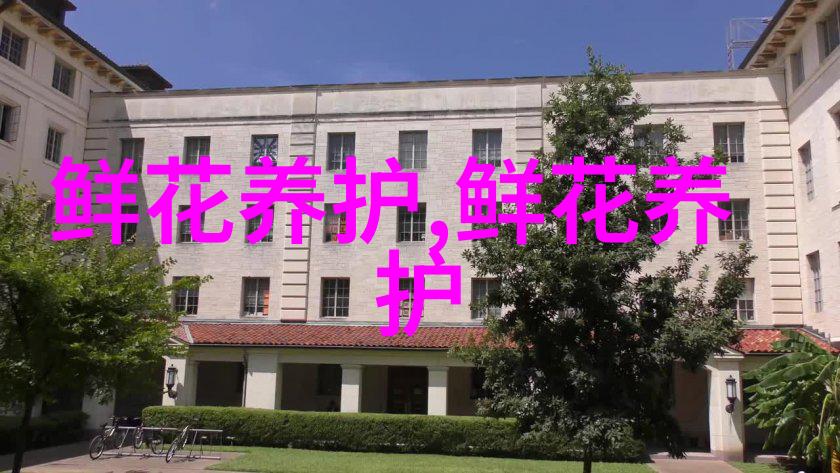在悠久的历史长河中,木棉花不仅是夏季景色中的一抹亮丽,更是文人墨客笔下常见的意象。它以其独特的花语和文化内涵,在诗词、小说、戏剧等众多文学形式中扮演着重要角色。今天,我们将一起来探索木棉花在古典文学中的应用,以及它所蕴含的深远寓意。

木棃子的传说与文化内涵
首先,让我们从木棃子——又名木棉花——本身的传说和文化内涵入手。在中国传统文化中,木棃子被赋予了“不落”、“坚韧”等美好品质,它代表了不屈不挠、勇往直前的精神。这种精神正是文人墨客追求自我超越、不断创新的核心动力之一。

木棃子在诗词中的象征意义
接下来,我们来看看如何通过诗词这一艺术形式来体现出木棃子的象征意义。在唐代诗人杜甫的一首《春望》,他写道:“春草新绿竹影斜,野径无人闻柴门。”其中,“柴门”的旁边,就是那不可一世的大朵紫红色木棃子,它们仿佛是在告诉人们,无论环境多么艰苦,都要保持希望,不放弃自己的追求。这就体现了一个观点:即使是在逆境中,也要像树一样顽强地生长,而不是随波逐流。

文学作品中的情感表达
除了直接描述外,许多文学作品还通过隐喻和比喻,将木棃子的形象巧妙地融入到情感表达之中。一如同清代散文家蒲松龄的小说《聊斋志异》里,他用“破庐而栽之于庭”,以此比喻他自己孤独无依,但仍旧努力生活下去的情景,这种心态正是由对生命坚韧不拔的崇尚所引发,并且暗示了一种对于未来充满期待的心理状态。

语言艺术中的运用技巧
再者,在语言艺术领域,如戏剧或话剧,一些作家会借助于舞台上的场景设计,比如使用大量装饰性的纸张或布料模仿树叶,还有实际栽植真实植物,以营造出一种神奇幻想氛围,使观众能够更好地感受到作者想要传达的情感与思想。而这也反映了作者对自然界特别是树类植物(包括大型枝干和叶片)的细致观察与深刻理解,对自然元素进行编织,使得整个故事更加生动丰富,从而增强故事的情感吸引力。

结语:
总结来说,wooden flowers in ancient literature not only symbolize the beauty of nature, but also carry profound cultural connotations. They represent the spirit of resilience and hope, which are essential for human beings to face challenges and pursue their dreams. Through various literary forms such as poetry, novels, and dramas, wooden flowers have been creatively used to express emotions and ideas. Their presence enriches the artistic language and deepens our understanding of human nature.
As we explore these works of art, let us be reminded that even in difficult times like today when faced with numerous challenges from all sides around us – environmental degradation, social inequality or economic instability – we can draw inspiration from the wood flower's unwavering spirit. It tells us that no matter how harsh the environment may seem or how bleak our future prospects appear to be, there is always a glimmer of hope if we hold on to our determination to fight for what is right.
Let us cherish this timeless wisdom embodied by the humble wood flower as it blooms through generations in countless stories shared across time and space.


